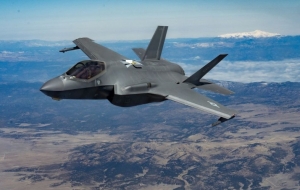By Skeeter Wesinger
September 18, 2025
Are you in technology and job hunting? HR screens resumes like they’re ordering a pizza: “CISSP? Check. Kubernetes? Check. PCI 4.0? Check.”
The problem is, they can’t tell the difference between someone who follows procedures, someone who designs systems, or the person who literally built the technology itself. You could have authored patents in firewalls and encryption — and still get passed over because “AWS” wasn’t on line one of your résumé. That’s not just a miss; it’s malpractice.
Job descriptions make it worse. They mash together operational tasks (patching, SIEM tuning, user tickets) with executive-level responsibilities (board reporting, enterprise risk, regulatory alignment). That’s how you end up with an “Information Security Officer” posting that reads like three jobs rolled into one — and satisfies none of them.
Leaders who have built companies, led exits, and advised boards across industries bring something far deeper than any checklist: the ability to navigate regulators, manage enterprise risk, and scale technology in high-stakes environments. Yet HR looks for “five years in a credit union” and misses the fact that these leaders have already solved far more complex problems under tighter scrutiny. That’s the disconnect.
The better path is direct. Boards and executives don’t care whether Kubernetes shows up in column three of your résumé. They care about outcomes: resilience, risk reduction, and transformation. The best hires don’t come from keyword scans in an ATS — they come from trust. A referral, a network, or a CEO saying, “This leader already solved the problem you’re facing.”
More and more, the trusted advisor or fractional executive route bypasses HR altogether. You’re brought in to advise, you prove value, and often that role evolves into something permanent.

